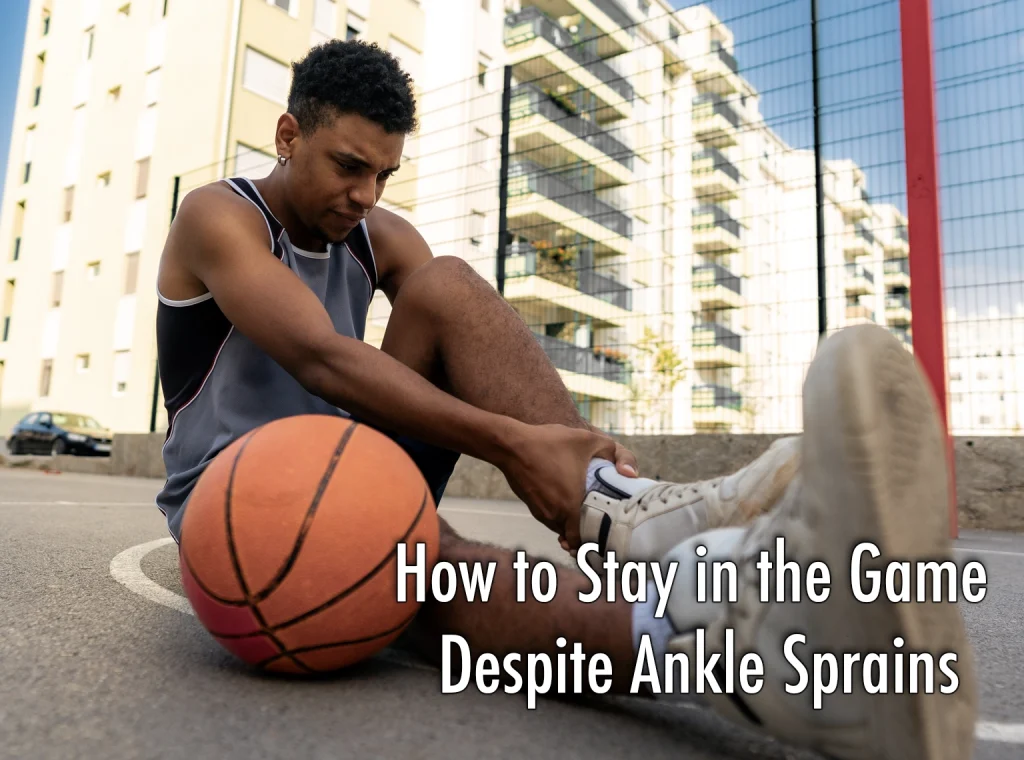As the nation gears up for March Madness, basketball fans are eagerly anticipating the thrill of buzzer-beaters, Cinderella stories, and bracket-busting upsets. But amidst the excitement of the tournament, one common injury threatens to bench players and dampen spirits: the dreaded ankle sprain. Whether you’re a star player on the court or a die-hard fan cheering from the sidelines, knowing how to prevent and manage ankle sprains can keep you in the game this March Madness season.
Ankle sprains, caused by the stretching or tearing of ligaments, are a prevalent injury in basketball, often occurring during quick cuts, jumps, or collisions on the court. However, with proper preparation and awareness, players can reduce their risk of injury. Strengthening exercises targeting the ankle stabilizing muscles, such as calf raises and ankle circles, can improve joint stability and resilience. Additionally, incorporating balance and proprioception drills into training routines can enhance neuromuscular control, allowing players to react swiftly and confidently to sudden movements during gameplay.
In the event of an ankle sprain, prompt and effective management is crucial for swift recovery and return to play. R.I.C.E. (Rest, Ice, Compression, Elevation) therapy is a cornerstone of initial treatment, helping to alleviate pain and swelling in the acute phase of injury. However, seeking professional evaluation from a healthcare provider, such as a physical therapist, is essential to assess the severity of the sprain and develop a comprehensive rehabilitation plan. Physical therapy interventions, including targeted exercises, manual therapy, and modalities, can expedite healing, restore range of motion and strength, and prevent future re-injury.
For basketball enthusiasts sidelined by ankle sprains during March Madness, patience and persistence are key virtues. While it may be tempting to rush back into the game, allowing adequate time for rest and rehabilitation is paramount to avoid exacerbating the injury. Embracing a holistic approach to recovery, which encompasses not only physical healing but also mental resilience and emotional support, can foster a positive mindset and expedite the return to the court. So, as the madness unfolds on the hardwood this March, remember to stay vigilant against ankle sprains, prioritize injury prevention strategies, and trust in the rehabilitation process to keep you in the game and cheering on your favorite teams throughout the tournament.

